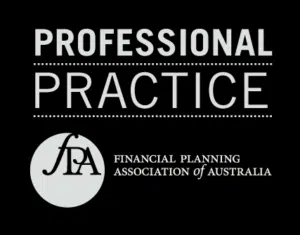13 March 2023
Red flags and insolvency: why is this happening?

Insolvency refers to a financial state in which an individual or organisation is unable to meet their financial obligations and pay their debts as they become due. Insolvency occurs when an entity’s liabilities exceed its assets or when it is unable to generate enough cash flow to pay its debts.
Insolvency can be cause by a variety of factors including poor financial management, a decline in market demand, increased competition or unexpected expenses. There are two (2) types of insolvency – cash flow insolvency and balance sheet insolvency.
Cash flow insolvency occurs when an entity is unable to pay its debts as they come due, even if it has significant assets. Balance sheet insolvency occurs when an entity’s liabilities exceed its assets, meaning it owes more than it owes.
Because of the seriousness of the consequences of insolvency it is important to seek professional advice and take the appropriate steps to address insolvency as soon as possible.
Five (5) red flags that may indicate an entity is insolvent:
(1) Persistent losses over a prolonged period means the entity is not generating enough revenue to cover expenses or experiencing financial difficulties that need to be addressed.
(2) Poor cash flow problems and struggling to pay bills or meet other financial obligations.
(3) Defaulting on payments to suppliers, lenders or other creditors may be a sign of financial difficulty and may be at risk of bankruptcy or other legal action.
(4) High debt levels or when debt levels are increasing may be a sign that the entity is relying too heavily on borrowing to finance its operations or struggling to pay off existing debt.
(5) Declining market share or experiencing declining sales over time may indicate that the organisation is losing customers to competitors.
Let’s chat if you notice any of these red flags and help you determine the cause of the problem and develop a plan to address it.
All information provided is for informational and general purposes only, and shall not be relied upon as personal financial advice.

















